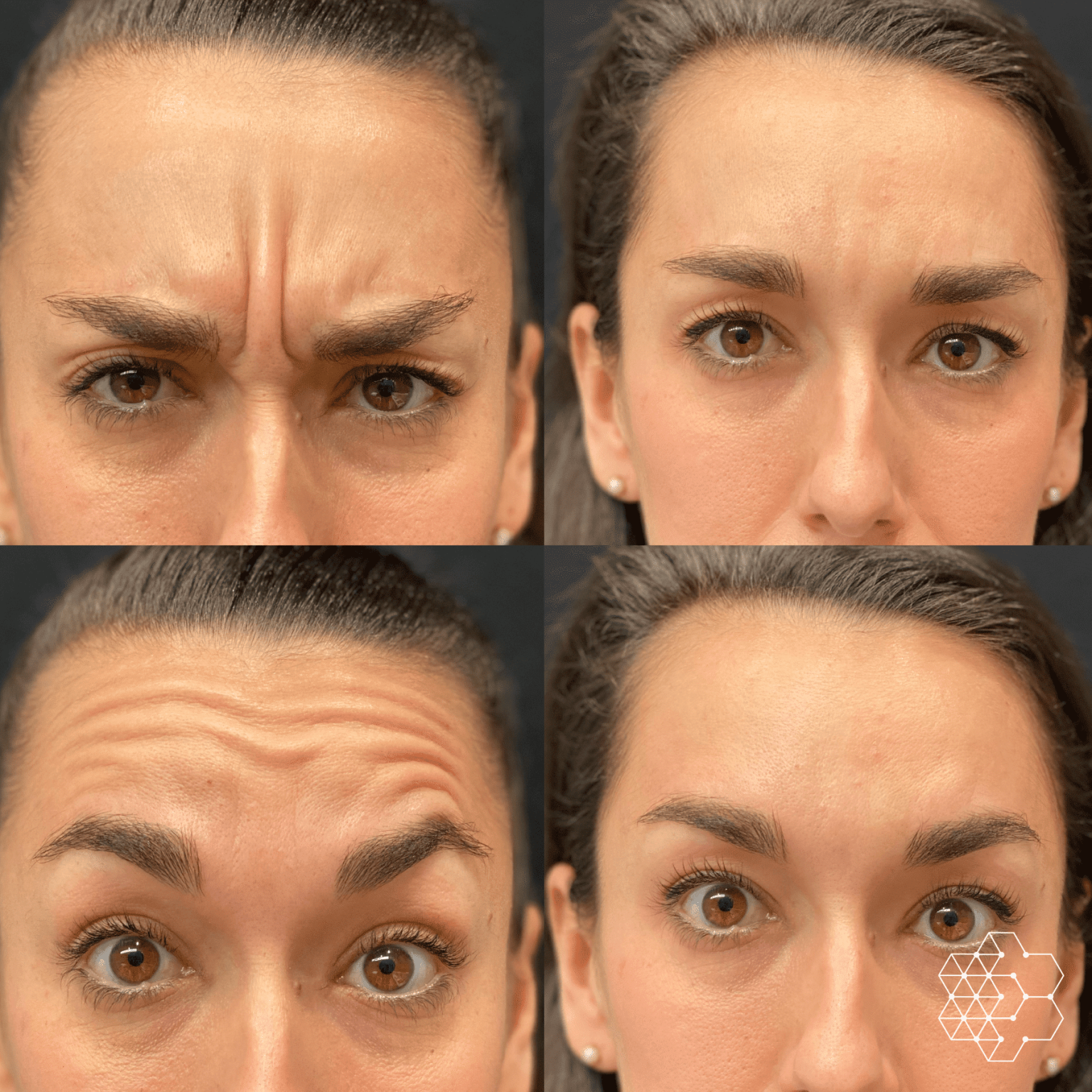
The first day feels quiet. No change. No difference. You check the mirror. Nothing moves less yet. Botox doesn’t announce its arrival. It settles slowly. The neurotoxin begins binding where it needs to. But results are invisible at first. You eat. Talk. Smile. The face stays familiar. That silence is part of the process. It’s not working slowly—it’s working precisely.
You feel a difference between day three and day seven, but it’s not dramatic
One morning, something feels different. Your brow doesn’t rise as fast. Your frown softens. You still emote, but it’s slower. Controlled. The muscles weaken gently. This is the early effect. By day five, you notice the full extent. Not in isolation, but in contrast to last week. You recognize it because of how natural it still feels. Botox doesn’t steal expression—it calibrates it.
You notice friends say you look rested, not frozen, even though movement has changed
You didn’t tell anyone. But someone notices. A smoother forehead. Less tension around your eyes. Crow’s feet remain—just fainter. Your face holds less of yesterday. Botox doesn’t lift. It releases. People don’t comment on “work.” They comment on ease. That’s the ideal response. You look unchanged—just better at rest.
You reach week four, and this is the peak—movement is minimal, lines have faded
Everything feels effortless now. The muscles are at their most relaxed. Lines don’t form like they used to. This is the window people remember best. The one that gets repeated. If you’re wondering how long Botox lasts, this is the middle. It holds firm here. Smoothness feels like your new baseline. You forget how it used to fold.
You reach month three and begin noticing tiny signs of return—slight motion, small creases
You’re still smooth. But there’s something. Your brow lifts higher than last week. The frown sneaks in. It doesn’t stay long. But it wasn’t there before. This is the soft reactivation. Muscles begin to move. Not fully. But gradually. Your expression becomes more animated. Some like this balance. Some return to the clinic now.
You wonder why some people’s Botox fades sooner while others stay smooth for months
Everyone asks this. There’s no perfect timeline. Three to four months is typical. But some lose it in two. Others keep it for six. Genetics, metabolism, lifestyle. All factor in. High-stress jobs, intense workouts, fast metabolisms—they all shorten duration. Botox is protein-based. The body breaks it down like anything else.
You realize some areas return sooner—the forehead weakens faster than the jawline
The forehead moves often. Daily. Every surprise, every shift. That repetition breaks down Botox faster. Crow’s feet come next. Jawline injections, like for masseter reduction, last longer. Same with neck bands. Larger, less-used muscles hold results longer. Movement determines metabolism more than dose does.
You try to stretch your results longer, and learn that habits play a big role
You avoid excessive facial workouts. You stay hydrated. You sleep well. It helps. Not dramatically. But enough. People who manage stress, avoid heavy sun exposure, and follow post-treatment care see longer results. It’s not magic—it’s support. Botox responds to your rhythm. Not your schedule.
You return for a touch-up around month three or four, aiming to catch it before full return
The best time to repeat Botox is before it completely fades. That keeps results consistent. Maintenance is easier than correction. You use less product. You need fewer injections. And the face never drops back into old patterns. Consistency beats intensity in this process.
You consider skipping a session, and realize the return of lines feels louder than expected
The difference isn’t immediate. But once the muscle reactivates, it returns fast. The lines come back deeper. More defined. That’s the muscle memory. Without Botox, the face returns to what it remembers. Which isn’t always what you want. That gap is why people return sooner than planned.
You ask if repeated use makes Botox last longer, and the answer is—sometimes, yes
Muscles weaken over time with regular treatment. They forget how to contract fully. That’s why long-term users often stretch their sessions to five months. The effect accumulates. Not in toxicity—but in muscle softness. Botox trains the face to relax by default. Even after it fades.
You hear someone say their Botox stopped working, but you learn that’s rarely true
Resistance is rare. Most “failures” come from underdosing, incorrect placement, or inconsistent timing. An experienced injector solves these fast. If something seems off, it probably is—but not because the product stopped working. It’s about plan, not product.
